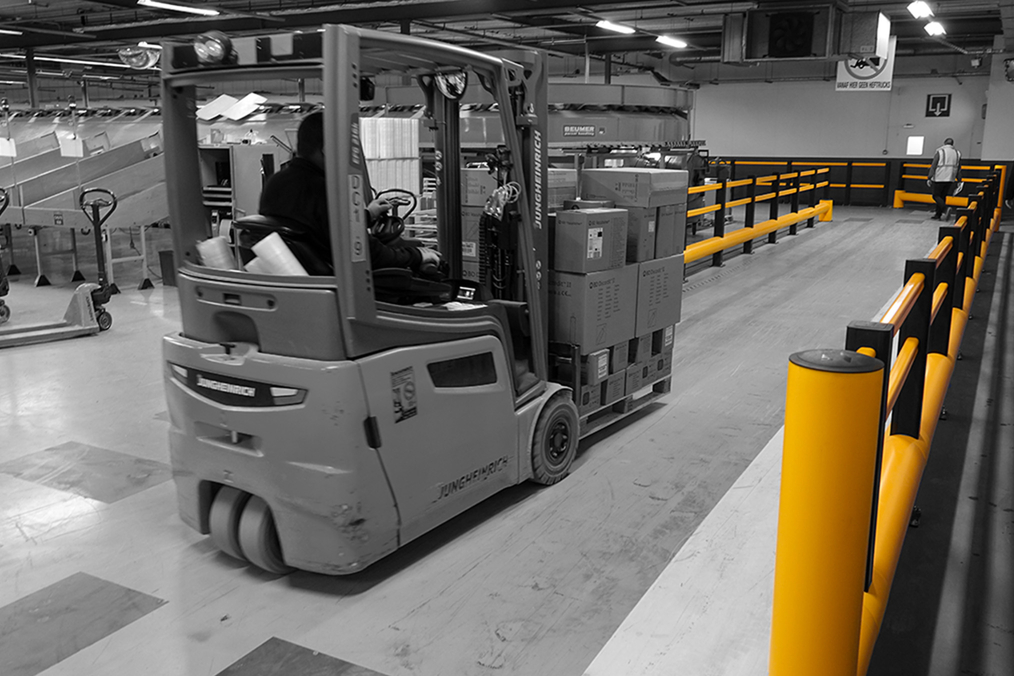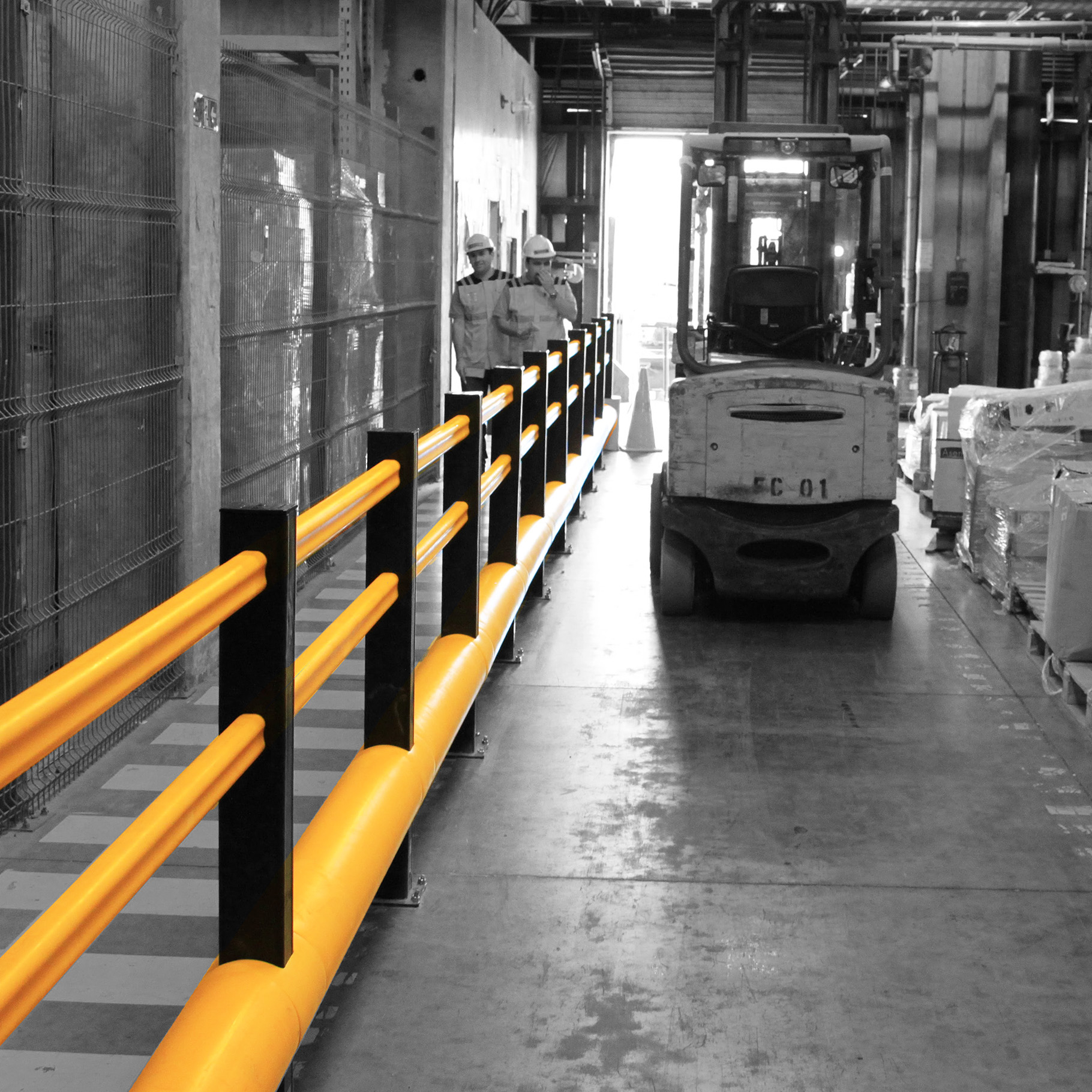Safe forklift checklist
As a forklift operator, your responsibility is crucial for safety in a warehouse or workshop. The forklift is your workplace companion, but only if it's in proper working order from top to tires. A forklift with one or more defects is an accident waiting to happen. That's why a forklift checklist is essential.
You can use this checklist in various ways, depending on the type of forklift, the intensity of use, and how you want to document relevant reports. Below are some criteria that should always be included in the checklist.

1. General Condition of the Forklift
Is the forklift in good working order? Are there any signs of rust indicating the vehicle is nearing the end of its service life? Is there any dirt that could interfere with the operation? Also, check inside the cabin to ensure there's no clutter or other items that could affect operation.
2. Leaks
Check beneath the forklift. If there's a puddle on the ground, check if the vehicle is leaking oil or other fluids.
3. Hydraulic Fluid Level
Low hydraulic fluid levels can significantly affect the forklift's steering and lifting capabilities. Excess fluid can cause leaks, posing a potential hazard. If you hear a knocking sound during lifting or notice sluggish operation or overheating, check your oil level.
4. Brake Fluid
Check the brake fluid before starting operations. The brakes on a forklift are crucial for safety.
5. Transmission Fluid
Transmission fluid is often overlooked, yet still important. This fluid protects the gears from wear and tear and allows you to shift between gears smoothly. It also serves as a coolant in vehicles with automatic transmissions.
6. Mast and Fork
Visually inspect the mast and fork. Ensure there are no cracks at the base of the fork and that the ends are not damaged. Also, check that no bolts are missing.
Go through every movement of the lifting system and ensure everything is in good working order.
7. Seat Belts
When seated in the cabin, ensure the seat belts and restraints (if fitted) are working properly.
8. Tires
Intensive use and tight turning angles can test a forklift's tires. Several tools are available to check the condition of the tires, but it's also possible to identify problems with the naked eye. Check tires for tears, excessive wear, and low tire pressure. A tire that sags slightly more than the others indicates a puncture. The "seam" in the center of the tire should be visible and you should be able to feel it when you run your hand over it. If you cannot see or feel the seam, the tire needs to be replaced.
9. Lights
It's best to ensure that the forklift's lights are working properly, especially in warehouses where the lighting is not optimal. This is not only about ensuring visibility for the operator but also about being seen by other workers. In other words, check the backup lights and any other warning lights.
If your truck has a projector that displays a blue dot on the ground, test it to ensure it's working properly.
10. Surroundings
A safety check applies not only to the forklift itself but also to the surroundings. Be aware of obstacles or slippery substances on the driving surface. Look for protrusions or overhanging obstacles in the aisles.
Of course, accidents can still occur
A thorough inspection of the forklift before starting work each day will improve safety. To maximize workplace safety, ensure you have effective safety barriers in place.
Even a thoroughly inspected forklift can still be involved in an accident due to malfunction or human error. Be prepared for the worst-case scenario and minimize the risk of injury or damage by installing safety barriers.
Contact our team for expert advice on all things related to polymer safety barriers.
